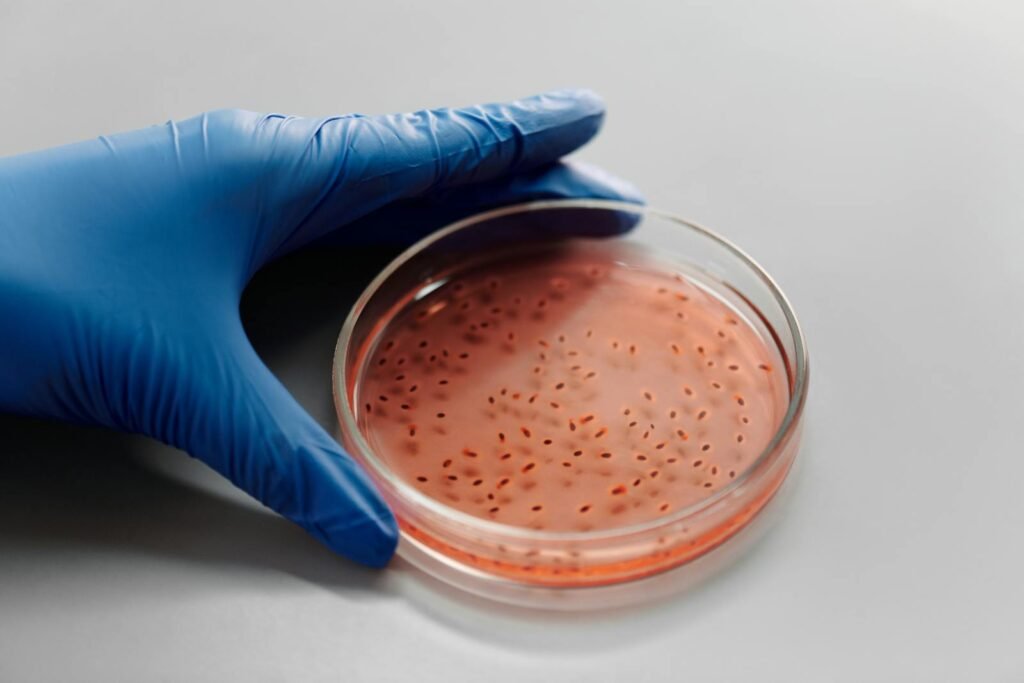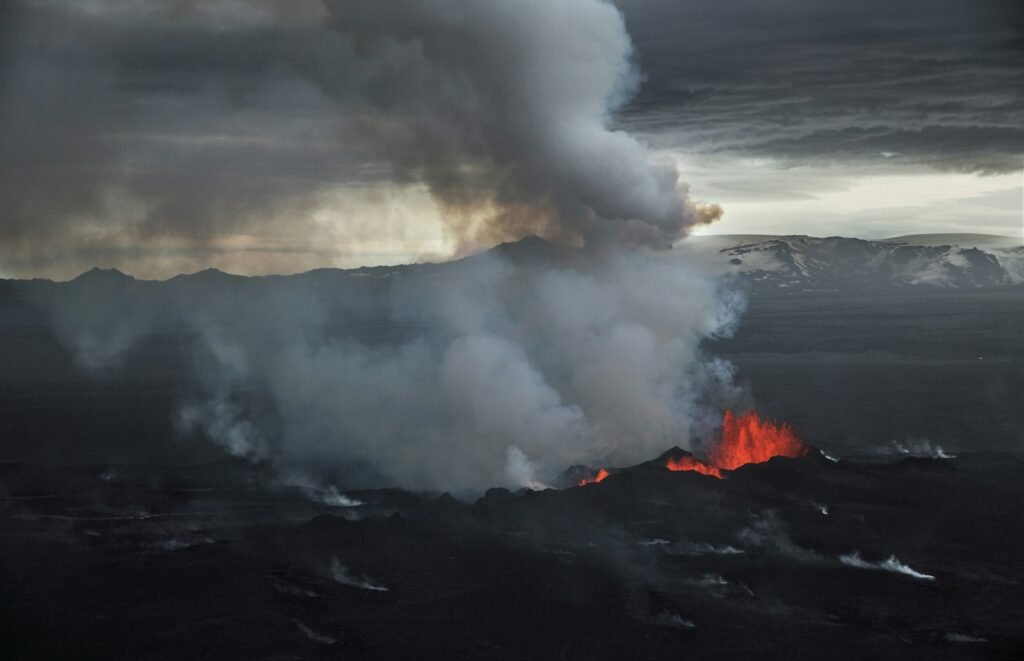We treat oxygen like the star of biology, but for most of Earth’s history it was barely a cameo. Long before forests greened the continents, microbes thrived by shuttling electrons into minerals, acids, and salts that would sound more at home in a chemistry set than a lung. Today, as we scan other worlds, a different question keeps surfacing: what if breathing never needed oxygen in the first place. The mystery isn’t whether alternative breaths exist, but how far they can go – could they build complex, bustling ecosystems, even worlds. The search is shifting from a single gas to a spectrum of strange yet powerful chemistries, and the answers may redefine what we call a habitable planet.
The Hidden Clues

What if a breath didn’t need to be air at all? On Earth, countless microbes “breathe” without oxygen by using other chemicals as the final stop for their electrons. In oxygen-free muds, caves, and vents, these organisms exhale into nitrate, sulfate, iron, and even chlorine-bearing salts, trading subtle chemistry for survival.
The surprise is not that this works; it’s how common it is. Oxygen only rose to significant levels after ancient microbes transformed the atmosphere, yet life had already spread across seas and sediments. Those early networks left fingerprints – sulfur-rich rocks, iron-stained layers, and microbial mats – that read like fossilized breath. If we can learn to read those clues elsewhere, we may catch life in the act without ever sniffing oxygen.
From Ancient Earth to Alien Seas

Early Earth was a world of dim skies and restless oceans where anoxygenic communities fed on sunlight and sulfur, not the crisp bite of oxygen. Before the great atmospheric shift, energy flowed through minerals and dissolved salts, and that chemistry built resilient ecosystems.
Echoes of that past survive in modern hot springs, deep subsurface aquifers, and hypersaline lakes, each a living time capsule. These are natural testbeds for alien-style respiration, from sulfide-eating mats to microbes that tap iron like a battery. When we imagine Europa’s buried ocean or Enceladus’s plume-fed sea, we’re really revisiting Earth’s own origin story, just under a different sky.
The Chemistry of Other Breaths

Breathing, in biochemical terms, is about where electrons end up, and oxygen is simply the most energetic parking space. Nitrate can play a similar role, letting microbes run fast metabolisms in the dark, while sulfate supports slower but steady microbial communities in sediments. Iron and manganese oxides add another twist, acting like solid-state lungs that cells can touch through hair-like nanowires.
Some bacteria even reduce chlorate and perchlorate, turning reactive salts into benign chloride while harvesting energy along the way. Others “breathe” arsenate or selenate in marginal niches where most life would falter. Stack these options into a redox ladder and you get a menu of viable breaths, each tuned to what a planet supplies. Oxygen sits near the top, but it’s not the only way to fuel complexity.
Living on Stone and Salt
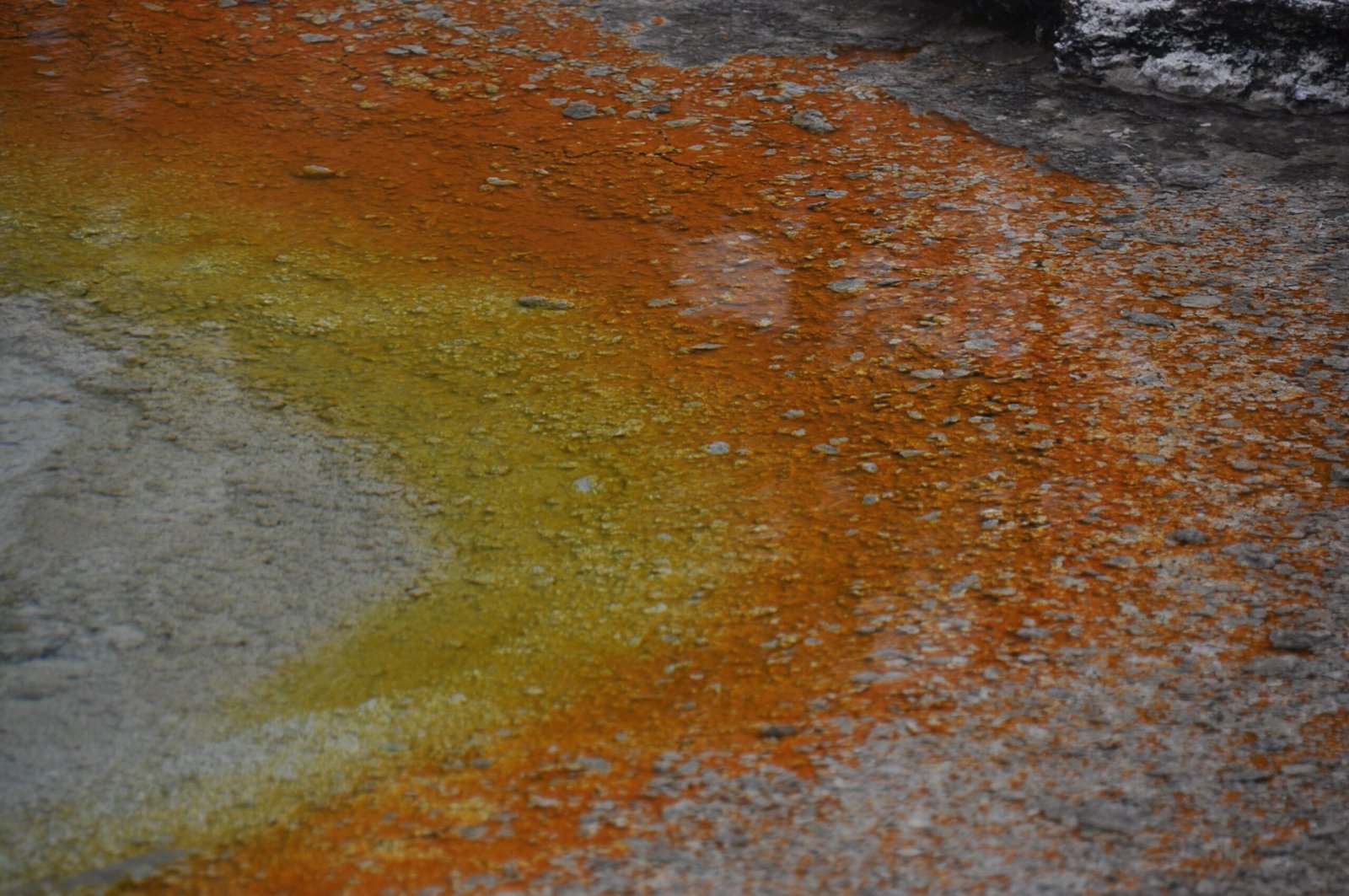
I still remember kneeling in a coastal marsh as a magnet pulled black grains from the mud – tiny crystals formed by iron-breathing microbes. That moment felt like watching a city reveal its power lines, invisible until you knew where to look. These microbes wire themselves to minerals, pushing electrons into rocks and salts that become, in effect, their atmosphere.
In soda lakes, purple sulfur bacteria bloom like spilled paint, cycling sulfide and sulfate in a daily breath that has nothing to do with oxygen. In salt-crusted basins, perchlorate reducers tick along quietly, turning a harsh oxidant into fuel. Even deep in basaltic crust, microbes graze on hydrogen and feed electrons into iron, like plugging a phone into bedrock. Stone and salt are not barriers; they are lungs with different textures.
Worlds Built for Strange Respiration
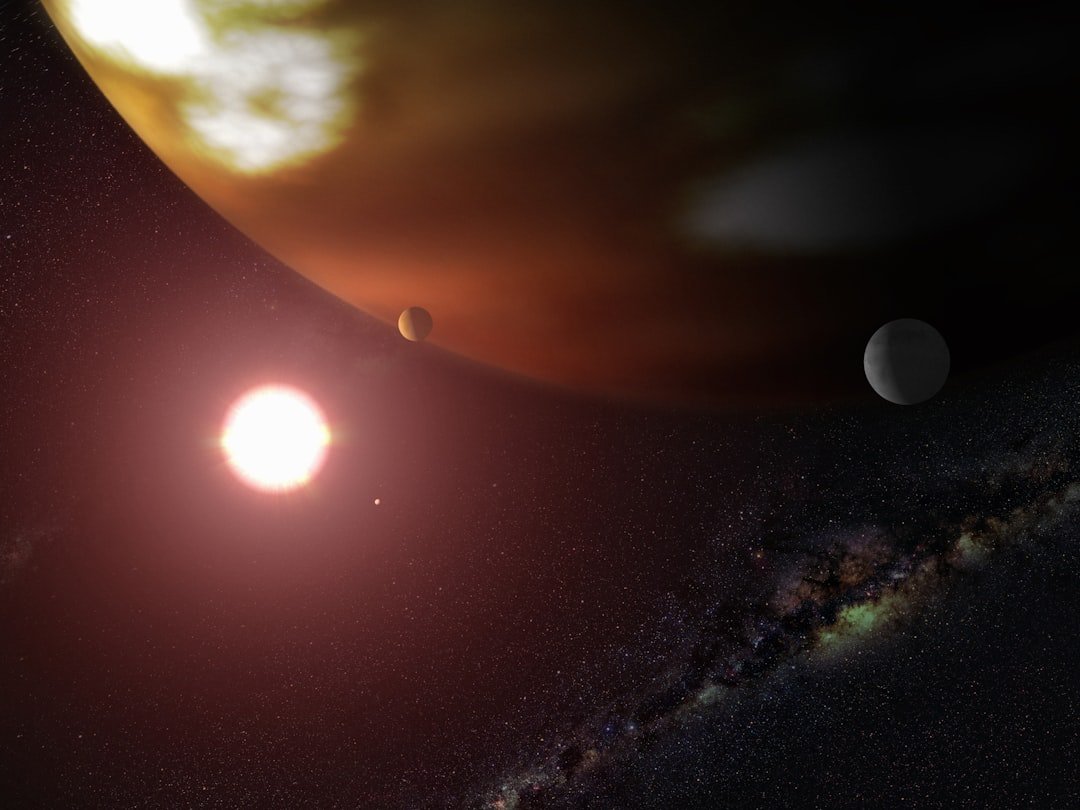
Mars offers perchlorate-rich soils and briny seeps where an oxygen-free metabolism could make sense, especially underground away from radiation. Titan swaps liquid water for methane and ethane, yet chemical gradients – hydrogen in the air, acetylene on the ground – hint at the kinds of redox puzzles life loves to solve. Europa and Enceladus likely circulate oxidants from surface ice into dark oceans that also carry hydrogen from hydrothermal vents, a natural battery across miles of water and rock.
Venus’s cloud layers are brutal, but micro-scale pockets could, in principle, host sulfur-focused metabolisms if acidity and water activity line up just right. On rocky exoplanets orbiting red dwarfs, weak oxygen signals might be the norm, yet mineral-rich surfaces and volcanic gases can still feed vigorous microbial communities. The key is not a single gas but a balance: an electron donor, an electron acceptor, and pathways for life to move charges between them. Where that triangle closes, breath – of some kind – can happen.
Why It Matters

For decades, oxygen has been our favorite biosignature, yet a planet can teem with life and show little of it. Oxygen can also arise abiotically under certain stellar conditions, offering false optimism where no ecosystems exist. A broader playbook makes our telescopes smarter and our interpretations humbler.
On Earth, embracing non-oxygen respiration already pays dividends, from cleaner wastewater treatment using nitrate and sulfate cycles to bioelectrochemical systems that harvest tiny currents from sediment. In astrobiology, it reframes habitability as chemistry, not charisma – stop asking whether a world looks like home and start asking whether its redox books balance. That shift widens the search zone by a vast margin while cutting the risk of both false negatives and false positives. It’s a better map for a universe we barely understand.
From Ancient Tools to Modern Science
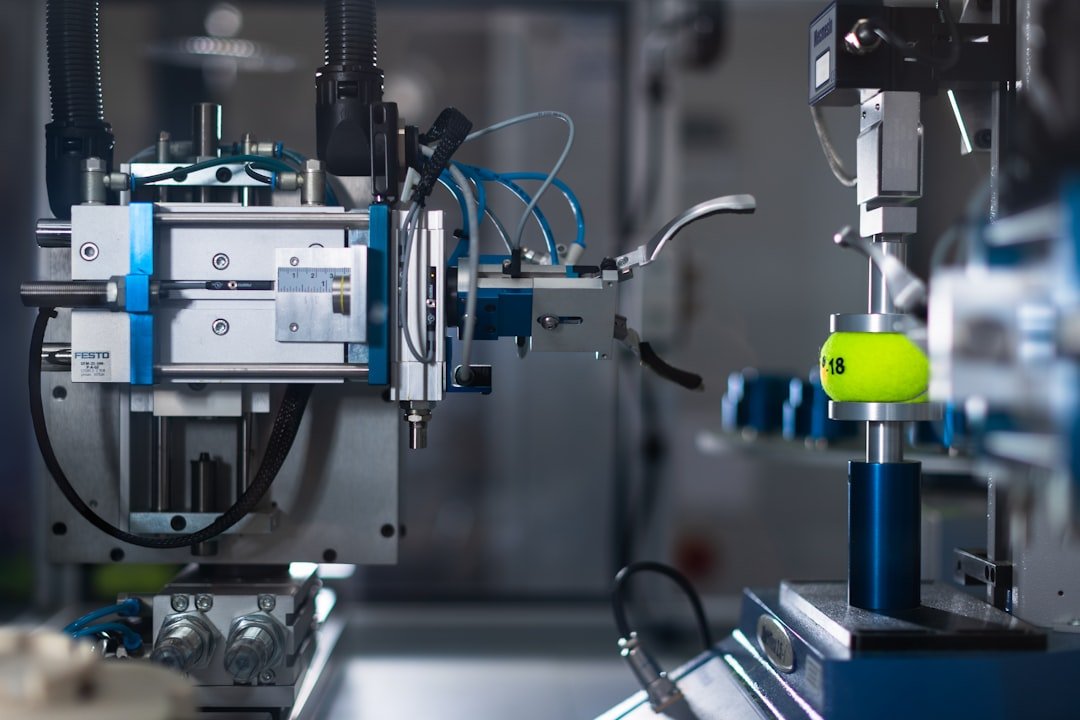
The first tools were simple: color changes in bottles and culture tubes that hinted at hidden respiration. Today’s kits read the invisible, tracking isotopes through metabolisms, mapping minerals with synchrotrons, and imaging nanowires that shuttle electrons across cell communities. We can even plug sediments into electrodes and watch current flow, proof that rocks can be part of a circuit.
Environmental DNA now reveals entire respiratory guilds without growing a single colony, while metagenomics stitches together metabolic blueprints from grains of mud. High-pressure chambers recreate ocean worlds, letting microbes breathe sulfate under the weight of a small sea. And lab-built electrochemical gradients test whether exotic salts – perchlorate, chlorate, or arsenate – can support growth over many generations. The ancient chemistry is finally getting 21st-century instruments.
Global Perspectives

Think of the planet as a patchwork quilt of breaths: oxygen near the surface, nitrate in low-oxygen zones, sulfate in deeper sediments, iron in mineral-rich pockets. Coastal dead zones, while troubling, also showcase how quickly nitrogen-based respiration takes over when oxygen wanes, stabilizing carbon flow in a different way. In Arctic permafrost and tropical peatlands, iron and sulfate cycles decide how much carbon escapes as methane or stays buried for centuries.
Roughly about 8% of the seafloor is overlain by oxygen-poor waters where alternative respirations quietly govern the budget. Cities touch this hidden world through wastewater plants that rely on denitrifiers to keep rivers clear. Mines, aquifers, and deserts each add their own chemistry, from arsenic challenges to perchlorate traces. Global change will shuffle these cards, making the non-oxygen breaths even more influential.
The Future Landscape

New missions will interrogate redox life beyond Earth with sharper eyes and cleaner hands. Orbiters and landers are carrying mass spectrometers tuned to compounds that betray mineral breathing, while ocean-world flybys aim to sniff oxidants and reduced gases in the same plume. Titan’s dunes and Europa’s fractures are becoming laboratories where a world’s battery can be measured, not guessed.
Back home, microfluidic chips will test dozens of exotic electron acceptors at once, and lab-grown consortia will show whether hybrid metabolisms can push energy budgets closer to those of oxygen users. Models that couple geophysics, climate, and metabolism will predict where strange breaths should cluster on alien terrains. The toughest hurdles remain contamination, tiny sample sizes, and the risk of forcing life into Earth-shaped boxes. Meeting those challenges will demand patience, redundant measurements, and a willingness to be surprised.
How You Can Get Involved
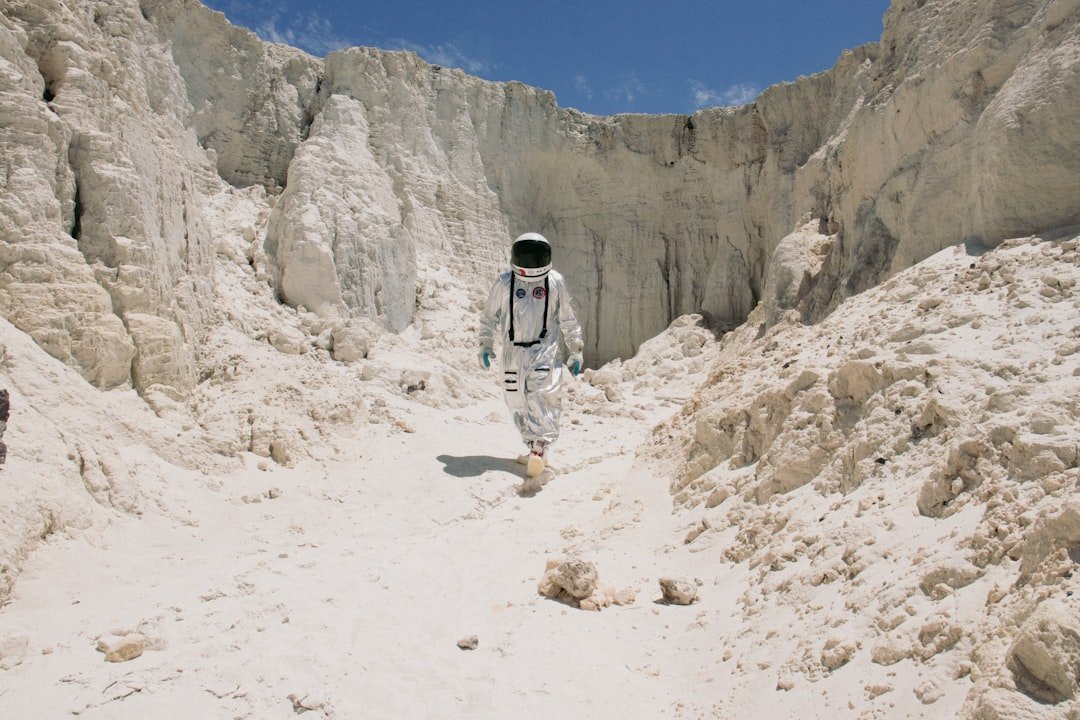
Follow upcoming planetary missions and support policies that keep them funded and protected from contamination, because clean instruments mean trustworthy data. Join community science projects that classify exoplanet spectra or map wetlands, and learn how redox clues show up in places you can visit.
Seek out local marshes, springs, or salt lakes with guides who know their microbial stories, and let those layered colors reshape how you picture a living planet. Encourage wastewater and stormwater improvements in your town that lean on nature’s own denitrifiers. Support dark-sky initiatives that keep observatories effective for the next wave of biosignature hunts. Small choices add up when the goal is reading a universe written in chemistry.

Suhail Ahmed is a passionate digital professional and nature enthusiast with over 8 years of experience in content strategy, SEO, web development, and digital operations. Alongside his freelance journey, Suhail actively contributes to nature and wildlife platforms like Discover Wildlife, where he channels his curiosity for the planet into engaging, educational storytelling.
With a strong background in managing digital ecosystems — from ecommerce stores and WordPress websites to social media and automation — Suhail merges technical precision with creative insight. His content reflects a rare balance: SEO-friendly yet deeply human, data-informed yet emotionally resonant.
Driven by a love for discovery and storytelling, Suhail believes in using digital platforms to amplify causes that matter — especially those protecting Earth’s biodiversity and inspiring sustainable living. Whether he’s managing online projects or crafting wildlife content, his goal remains the same: to inform, inspire, and leave a positive digital footprint.

